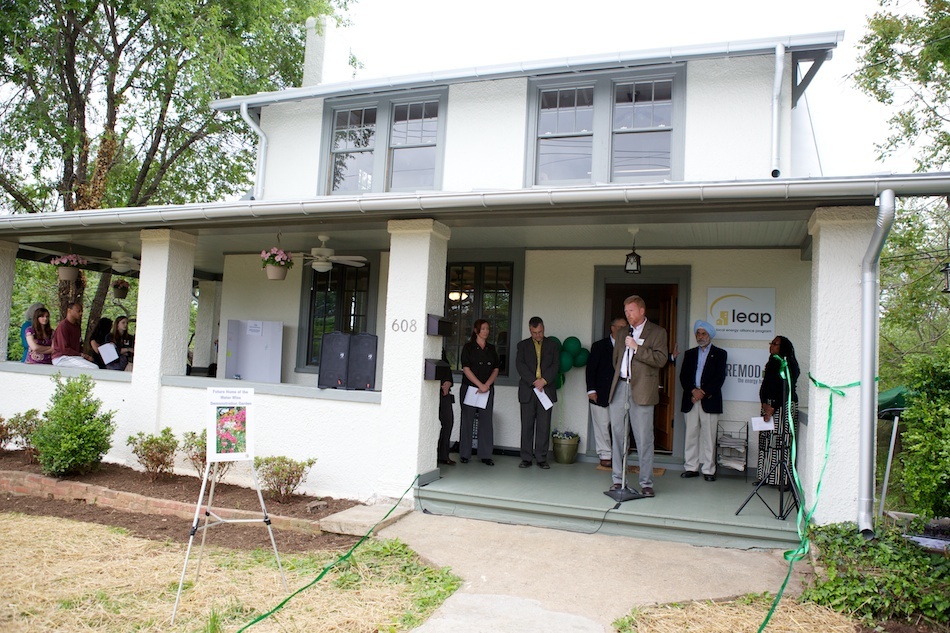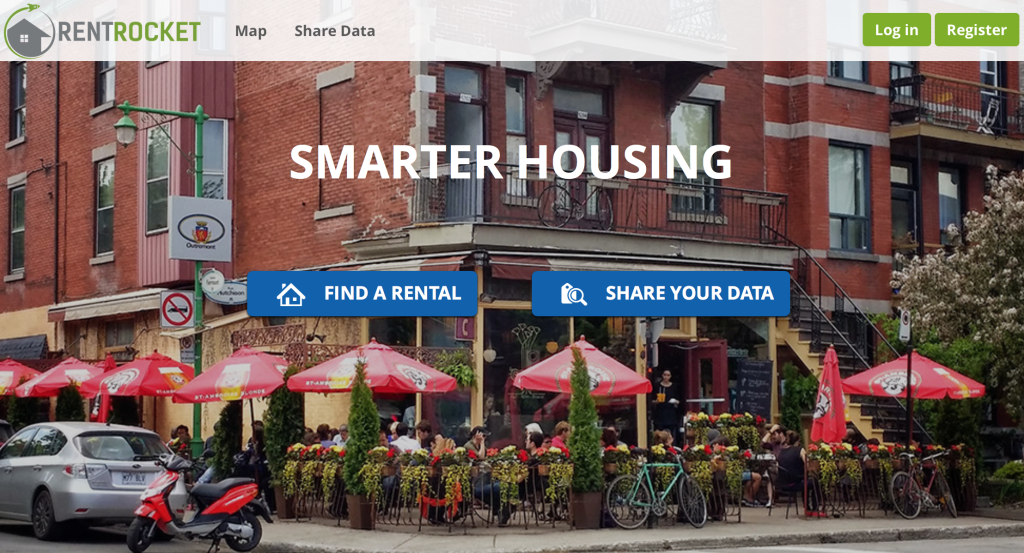I’m passionate about a lot of things – my family, protecting the planet for my daughter, highlighting and advancing the role of working women. And when it comes to sports, sure, I reserve my strongest fervor for the New England Patriots during the NFL season. But come March, I have fond memories of when my alma mater, UMASS Amherst, made it to the Final Four in 1996. And it’s hard not to get swept up in the collective fervor of March Madness.
As the brackets were unveiled on Selection Sunday this year, I recognized the names of a few teams not because I followed them all season or have any connection or allegiance to them. But because these universities are in communities that I’ve collaborated with or known about through my climate and sustainability work. My work with cities has ranged from greenhouse gas emissions inventories to comprehensive sustainability plans to community outreach, and plenty of that has been with “college towns.” That brings with it advantages -- University towns do tend to have a larger portion of the population that is either supportive of or actively promoting a more sustainable way of life -- and challenges: the sizable student chunk of that population is transient, which limits what can be accomplished long-term.
It’s anyone’s guess who will survive the chaos of the opening round upsets and the thrill of buzzer beaters to make it to the Sweet Sixteen, much less the Final Four. But in my book it’s worth giving a shout out to these universities and their cities for their work together on sustainability initiatives:
1. University of Virginia and Charlottesville
 Ribbon cutting for opening of ecoREMOD house in Charlottesville, the educational signage and outreach materials for which were developed by UVa students
Ribbon cutting for opening of ecoREMOD house in Charlottesville, the educational signage and outreach materials for which were developed by UVa studentsUVa and the City of Charlottesville have collaborated on a number of initiatives recently, including: the City’s successful application to the Georgetown University Energy Prize competition, participation in which was presented to the UVA President’s Sustainability Committee; a UVa class developed the energy education signage and outreach materials for a City-owned high efficiency demonstration house called ecoREMOD, including setting up a monitoring and tracking system for energy use and solar power production; teaming up one of the locally-owned property management companies where many UVa students live off-grounds on messaging and key actions and resources that would be of interest to students; and UVa has established their own carbon reduction plan, and their associated GHG emissions -- and their successes -- are captured in the City’s GHG report and goals.
Kristel Riddervold, Charlottesville’s Environmental Sustainability Manager, says: “We have had good luck getting help from students in the form of high quality interns and volunteers for projects. Trying to align academic schedules and grading systems with professional project goals and timelines can prove challenging, but it seems that there is continual interest on both sides to at least see what’s possible. I think it also helps the University when example projects/programs are in their own community and that they don’t have to solely bring case studies into the classroom from across the country.”
2. University of Oregon and Eugene
Student engagement in Eugene’s projects has included: architecture studios, planning charrettes, more technical review courses, and graduate student research. They City also has a contract with one of the applied education programs to complete project work related to sustainability. The Community Planning Workshop and Oregon Disaster Resilience Program, provide contract projects with paid staff overseeing the work of student groups.
Both UO and Lane Community College are leaders when it comes to sustainability education and operations, which the City incorporates into their climate and energy action plans. As one of Eugene’s sustainability staff said, “Without their involvement, our work would be less impactful.”
3. University of Indiana and Bloomington

As with many other college towns, a significant percentage of University of Indiana students do not actually live on campus. Off campus housing has a particularly large footprint in Bloomington where 67% of housing is rental (and nearly 50% of the City is University-owned). Yet the University’s sustainability plans only factor in campus energy and resource use. The City utilized a U.S. Sustainability Directors Network grant to develop the Rent Rocket online tool that collects and calculates off campus rental unit energy use.
The City and the University along with other community partners host a Hoosier to Hoosier Sale every year where outgoing students sell their furniture to the community members and other students. Last year, 3,000 people attended and they raised $46,000 -- proceeds from the fundraiser split between the City, University and partnering organizations. About 60% of the people who attended were from the community, and 40% were students.
Each of these teams had the glory this year of being invited to the Big Dance. And maybe none of them make it to Houston for the Final Four, but in my book they’ve got a full highlight reel of ways college towns can make the most of their town-gown relationship to advance their sustainability goals.



